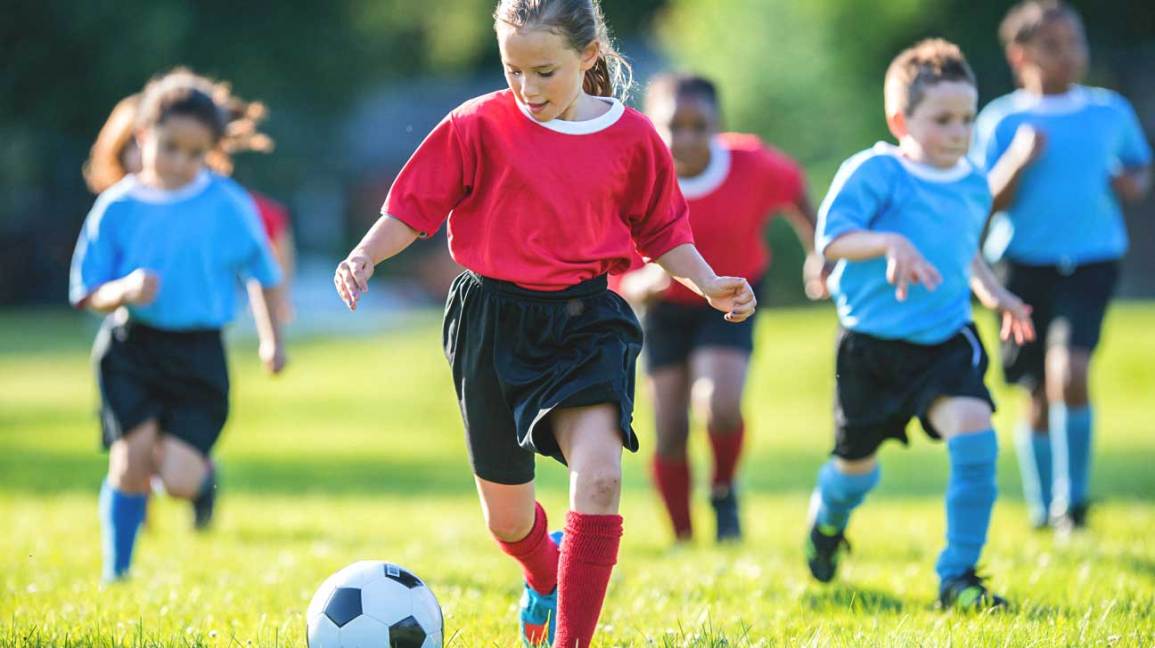American football and other contact sports often include head injuries, which research has associated with the potential for problems like a http://ifcus.org/2010/06/23/feeding-the-bears/ sports concussion. Facing repeated injury to the head may also result in chronic traumatic encephalopathy (CTE), which is progressive degeneration of the brain. This information can be used to consider how the same problem could impact children within contact sports.
Professionals, parents of children and players themselves are increasingly concerned about the potential for long-term effects of head injuries occurring while playing sports. This is why research into the matter is so important. Funding can ensure that the brains of athletes are studied, providing a clearer idea of the effects, if any, of head injury and concussion.
Jamjamāl Research on the Brains of Athletes
United States’ research has found a rising amount of CTE in people who previously played sports. This kind of association shows the need for further research into whether sports head injuries are directly responsible for long-term brain problems. In addition, research into the brains of athletes may shed light on other types of head injuries.
To see whether problems like these could play a role in children who engage in contact sports, a study was carried out to look at boys playing American tackle football from the ages of nine to 12 over four sports seasons from 2016 to 2020.
The study used sensors within football helmets to track head impacts, and the study included cognitive and behavioral assessments at the start and finish of each sports season. The players who experienced a sports concussion during the season had their symptoms clear up and were medically cleared afterward.
Researchers did not find a significant association between impacts and negative outcomes, which included both cognitive and behavioral measures. In actuality, it found a higher association with premorbid conditions that included anxiety, depression and attention-deficit/hyperactivity disorder (ADHD). These conditions had a higher association with negative outcomes than a medical history of concussions or premorbid headache disorder.
This was a small study that started with 70 boys and ended with 18 completing the four-year course of the research. Nonetheless, the researchers noted that there was no difference between those who completed the full study and those who dropped out prematurely. Overall, more research can be used to confirm or deny the results of this study, and larger, long-term research into child athletes may be beneficial.
Further Research
Additional studies are being funded and carried out on head injuries in sports, which should add to the understanding of any relationship between repeated head injury and later consequences like degenerative brain disease.
In England, some studies currently being conducted related to English football are the HEADING study (Health and Ageing Data IN the Game of football), which involves retired professional footballers, the Drake Football Study, which is a 10-year study to look at the mental and physical effects of a career as a professional footballer, and the Drake Football Concussion Study, which is studying whether biomarkers can indicate brain injury.
Another study, the FIELD study (Football’s InfluencE on Lifelong health and Dementia risk), a study of professional Scottish footballers, is looking into whether degenerative neurocognitive disease is more common in previous professional footballers compared to the regular population. The latest data found that the footballer group had a three-and-a-half times higher likelihood of brain disease death over comparable men in the general population.
Rugby concussions are also studied. The BRAIN study is looking into potential associations between sports concussion during a career in rugby and later measures that include neurodegenerative disease, physical and cognitive impacts, and quality of life.

